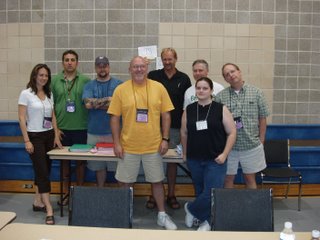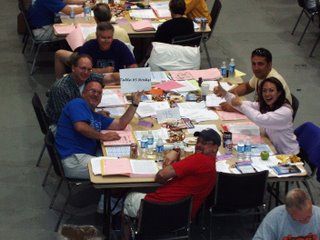Friday AP Update 2/16/07
Dear Parents:
I hope that my students enjoy their weeklong break. They do have two things to complete this week. They need to finish the book Hiroshima and be prepared to compete a writing assignment on that book the day they return from winter break. They can take notes on the book, which can be used on the writing assignment. The also have an essay on the Scottsboro Boys trial of 1931 to type and turn in the day they return from the winter break. Students have already done the research, so all they have to do is type the essay. The week we return from winter break will be spend largely on preparing for the Unit Seven Exam, which will be March 5th, and 6th. There will be review sessions at various times after school that week. Tuesday, Wednesday and Friday students can come from 3:30 to 5:00. On Monday they can come from 5:00 to 7:00 and on Thursday they can come from 6:15 to 7:30. I have different times in an attempt to accommodate all the wonderful students who are participating in spring sports. I hope everyone has a safe and enjoyable week.
Ken Foster
CHS Social Studies Department
(770) 382-4765
Kenneth_Foster@cartersville.k12.ga.us
http://fostersap.blogspot.com/
http://teacherweb.com/GA/CartersvilleHighSchool/KenFoster/
The mission of Cartersville High School is to prepare students to become informed, contributing members of society through vigorous instruction in a caring, compassionate culture.


